Underwater model photography is also referred to as underwater studio photography or underwater pool photography. Mostly, underwater model photography indicates underwater photography guided in a limited environment like a pool with specified underwater models.
Underwater model photography joins two prospects of life; modeling and underwater world. This type of photography includes models with different poses and dress, deep inside the water. Photographers can shoot underwater photos both in natural and artificial water body.
Table of Contents
1- Safety aspects in underwater model photography
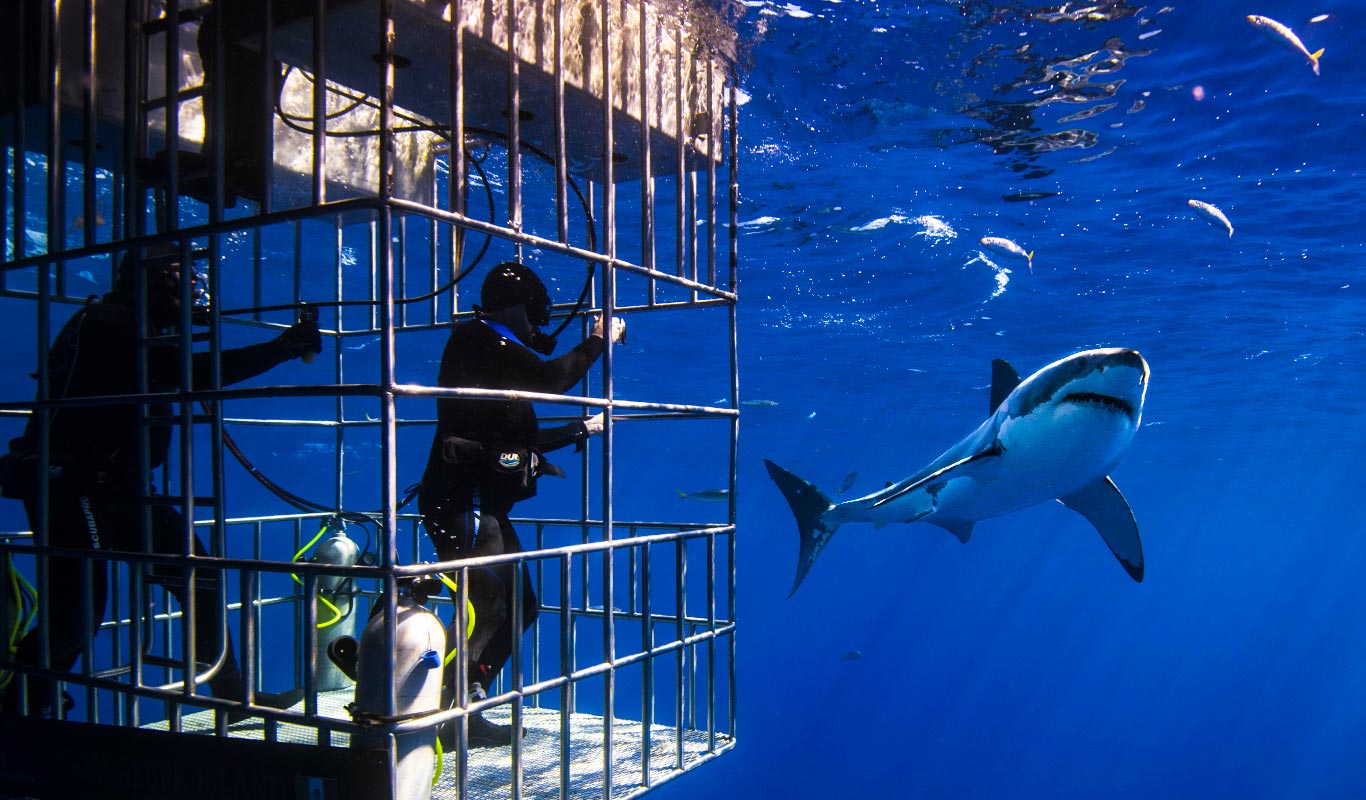
There are some safety tips that both model and photographer must consider before starting shooting underwater. Safety procedures like depth controlling and air drain. It is so important as well to be aware of special conditions like clarity and waves and so on. It is essential to attempt for a particular preparation in underwater model photography because there are some high dangerous circumstances that should be avoided.
Obviously, shooting underwater requires lots of moving due to changing positions, this will lead to more air consuming. For this reason, it is better to shoot photos in shallow depths. In case of shooting in a deep pool, it is recommended to shoot close to the edge of the pool, in this way, the model can go out of the pool to have some rest.
2- planning for underwater model photography
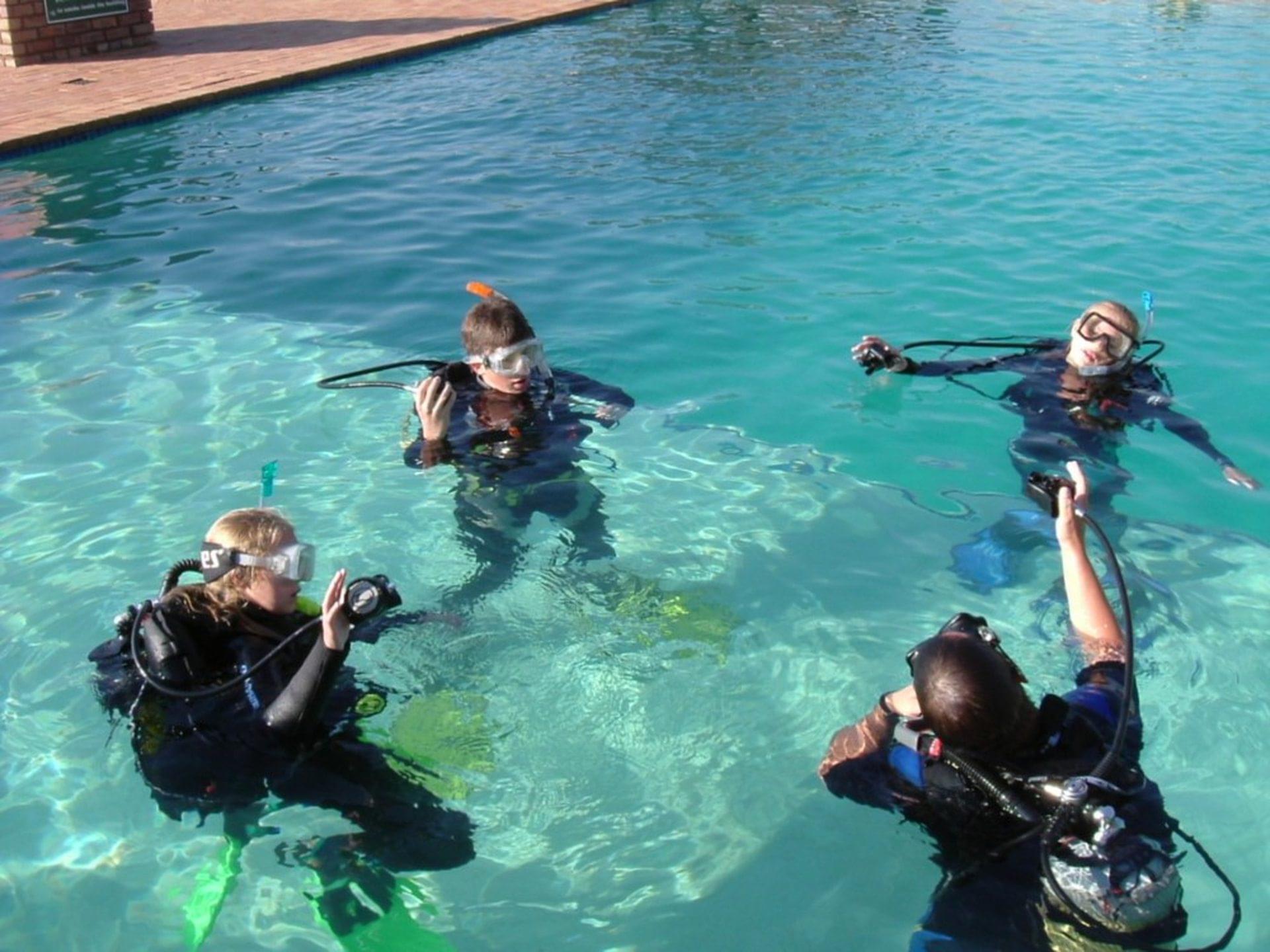
First, develop an idea and prepare a plan to have an idea how to start shooting session. Progressing an idea is the most important part of photographing program. You can plan for things that you need to achieve your idea, decide about the equipment you need for your underwater model shooting, the way you like to communicate with your models and share with them your ideas and concepts, write notes, check the local conditions and things that you and models should do. Another important thing is selecting a professional model for underwater photography.
3- Floating
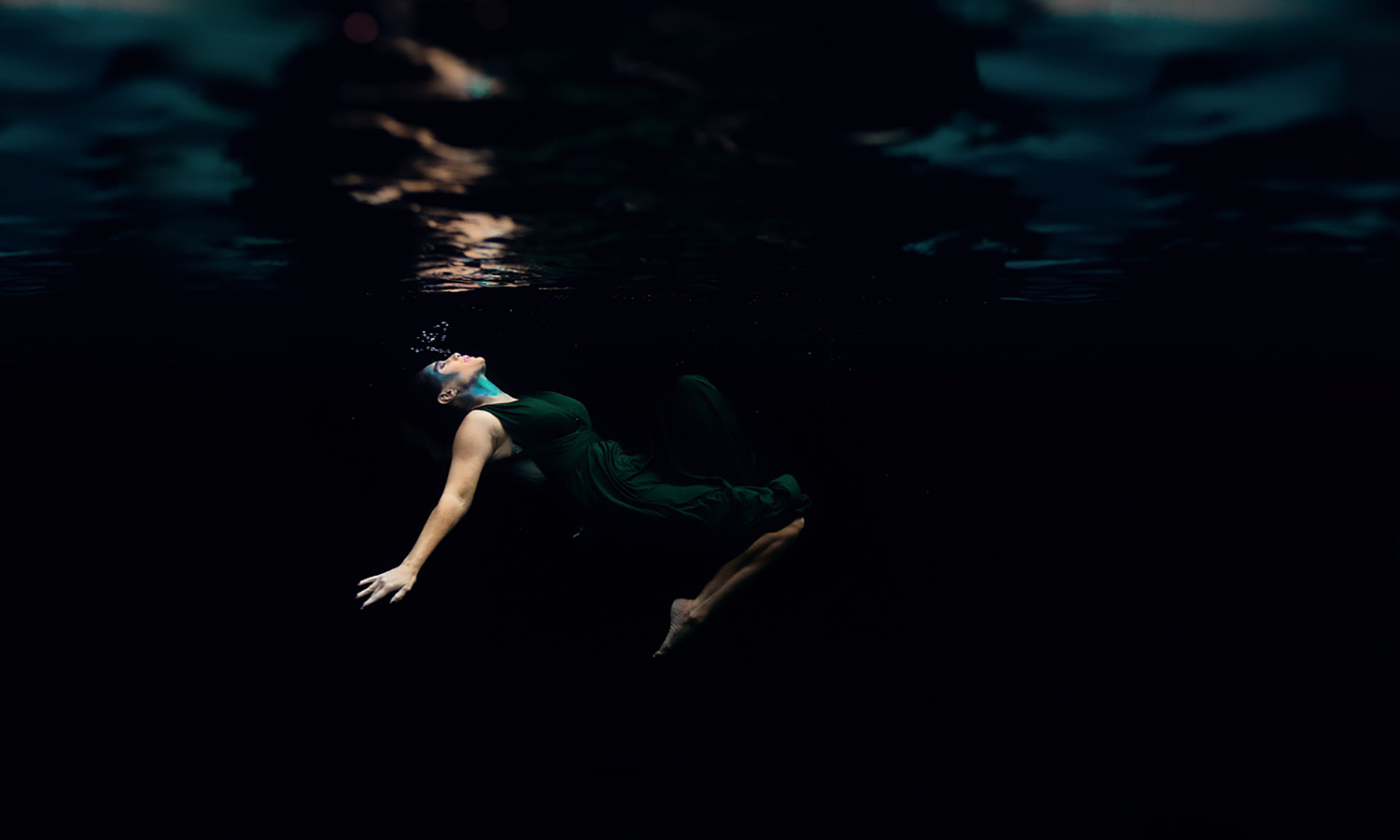
Ideal floating is another factor for successful underwater model photography, and the same is true for the photographer and the model. Many attractive underwater photos show a model near the coral, at times, just a few centimeters away. In such conditions, the photographer is so near to the action as well, apart from how wide- angle photo appears like.
Accurate floating is essential not only for the protection of marine animals and plants, but also for self-protection. Not all the models can stay still at the right moment in the wanted position, balanced models can do so. And only well-balanced underwater photographer can get the ideal shooting position and stay there for longer time.
Saving the nature and safety of the photographer and model should always be in the priority in underwater photography. If your presence and situations threatens the underwater world (e.g. coral reefs), then, you will not get a successful photo.
No one in the world agree with broken corals, evoked sediments, stressed animals, or other harm. The same thing is true about “self-protection,” as with currents, waves, or other “obstructive” factors. To provide complete safety for everybody and everything, it is better to cancel the shooting or try to go to a safe place. In such situations, it is better to have another plan.
4- Poses in underwater model photography
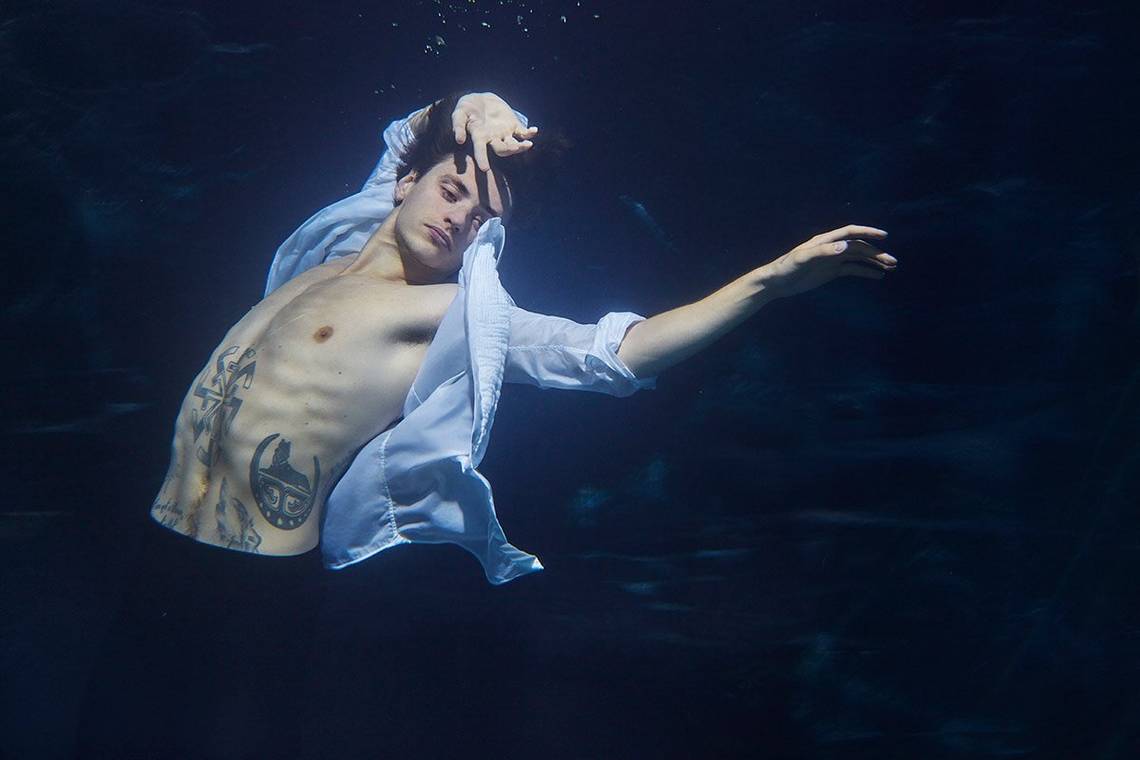
Model poses is significant for a successful photo. A scuba diver as an underwater model, of course, must be a professional diver. The straight back, legs and arms, with hands by the body, is a classic pose. There are exceptions as far as creativity is concerned. But overall, the model should appear good.
There are many poses, and what is appropriate for the planned image is something that must be considered and agreed upon in advance. For experienced teams of photographer and model, the model recognizes the photographer’s classic or favorite poses and displays them for multiple photos. However, for novice teams, it is recommended that they have two to three poses agreed upon in advance.
5- Models
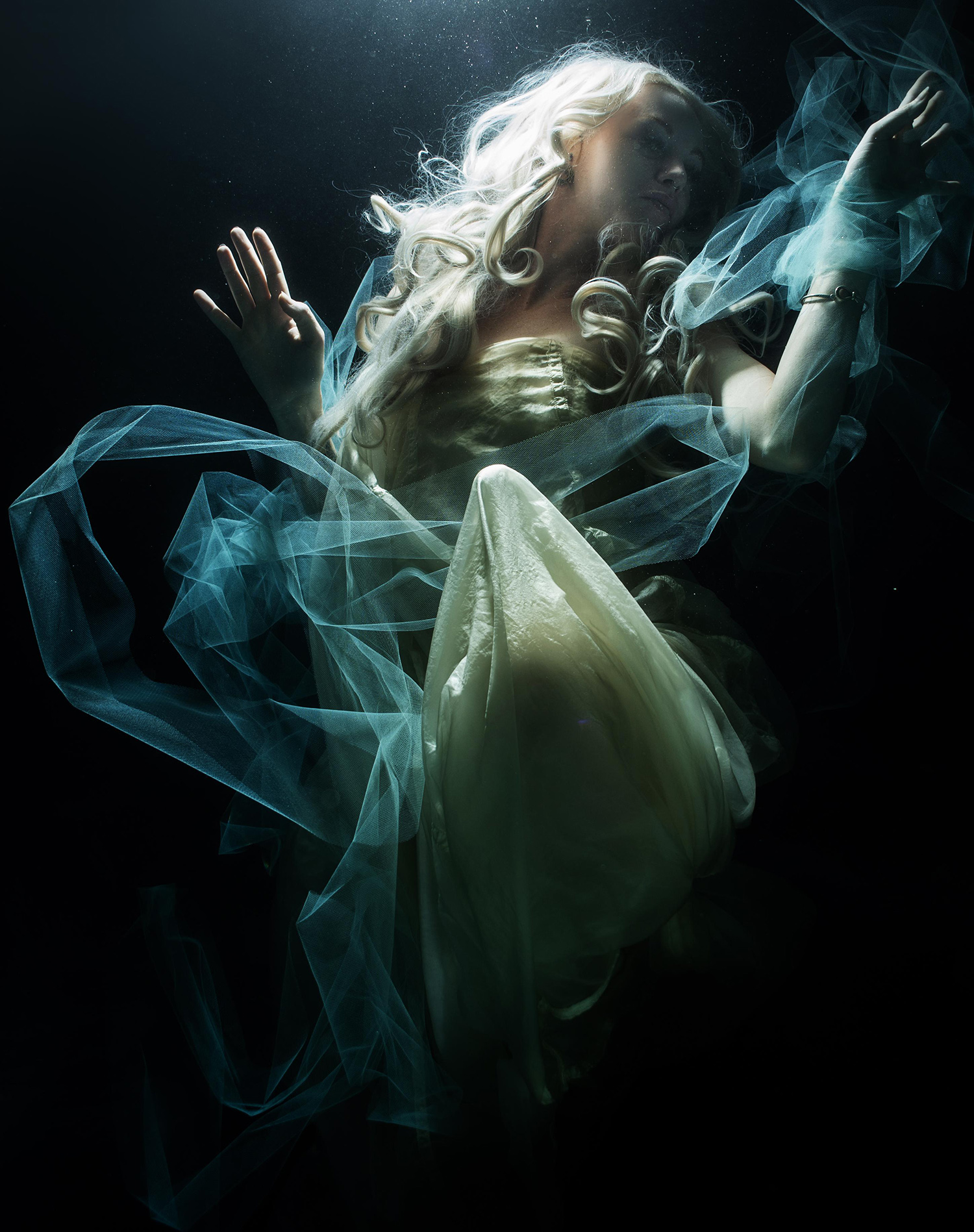
Undoubtedly, the most important feature for a successful photography is the model. Despite how good the lighting, concept or creativity is in photography, if the model does not feel relaxed in the water, you will get quality results. The most important factor of a successful underwater model are their eyes. If the model has trouble opening her eyes underwater, most of the photos will have the model blinking, which impairs the overall quality of the image.
Another point to consider is the models that hold their breath. This may not be obvious during shooting, but it will be clearly noticeable in the post-production.
Lastly, according to your concept or idea, a smile can add a great factor to a photo. Smiles generally draw attention to the model, and if lit well, can turn a normal photo into a great photo. A model may need practice, but try to stimulate the expression of feeling when modeling underwater.
6- Clothing for underwater model photography
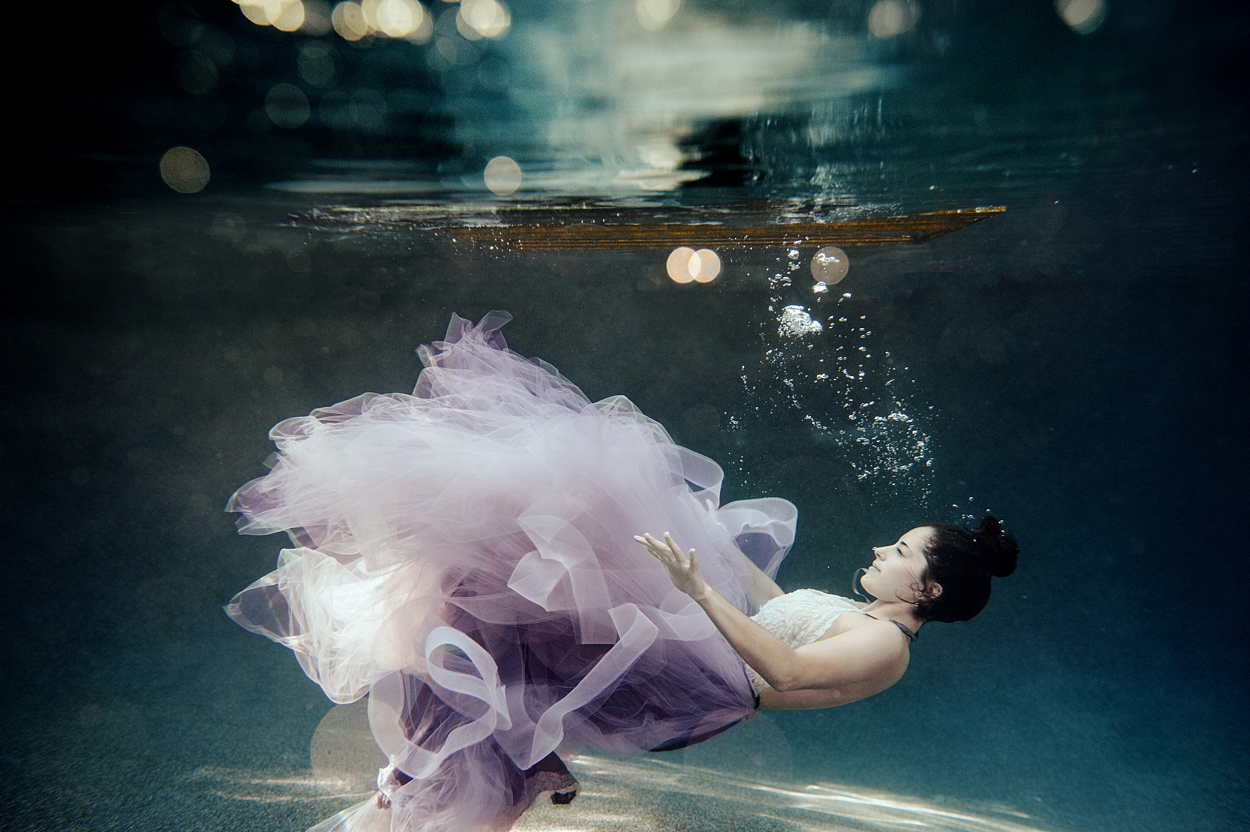
Clothing is an essential part of a successful underwater photography. It all depends on your goal or idea, but overall try to use a bit looser or oversized clothes.
This allows them to move underwater easily and gives the feeling of movement, and emphasizes that the shooting was done underwater. Using fabric as a streamer, is an easy way to really emphasize the underwater element of the shooting.
Using clothes can also add a color element to the photo. Bright and light clothes or dark and white clothes add a contrastive compositional factor. A simple way to make a perfect photo is to create a contrast between the color of the dress and the background. For example, a strong red dress brings a wonderful contrast on a black background.
7- Communications
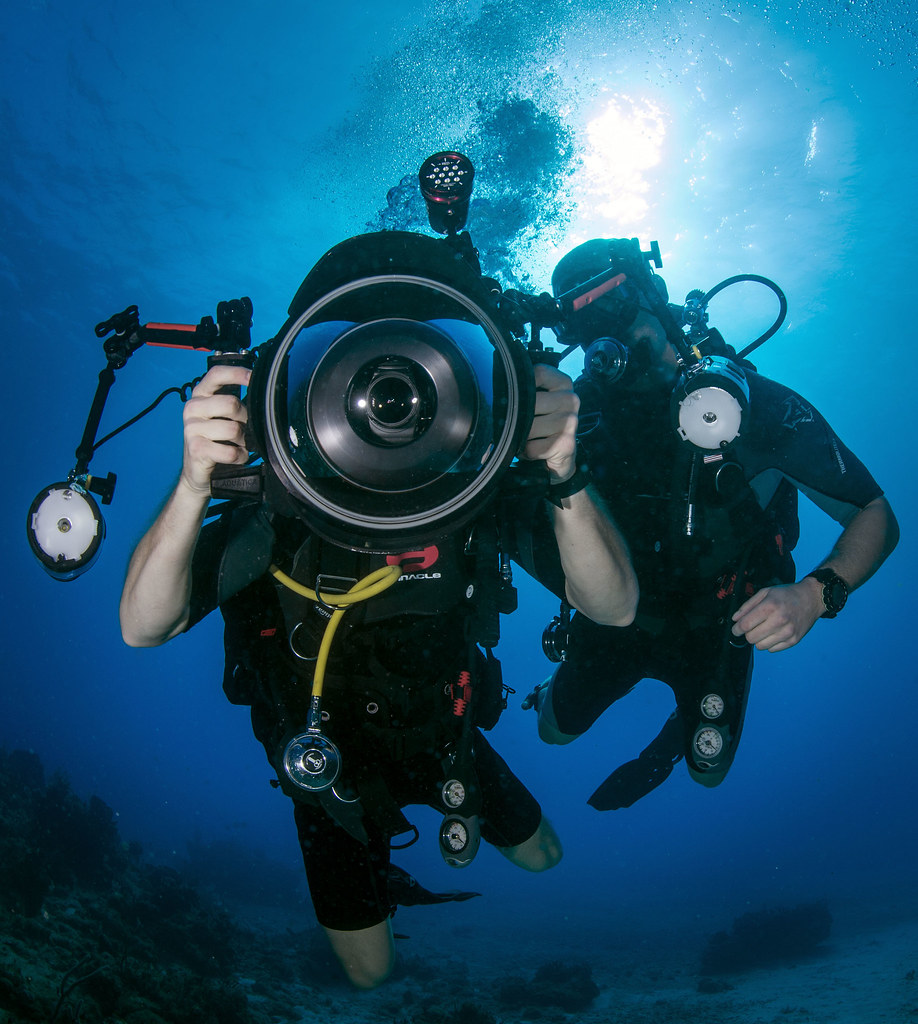
Lots of you will probably feel frustrated when trying to photograph an underwater model, and your determination (and what you thought were quite obvious) using hand signals which may lead to strong arms moving, along with the curses that yell at your regulator, generally get just a subconscious look or model’s shrug. Or, in the worst condition, causes a nervous model who swimming away.
The model gets confused, the photographer become disappointed, and the expected image is not satisfaction. Most of the times, this is because of the not ideal communication between the model and the photographer.
Communication is also a question of proper layout. Of course, such an agreement must be made before the actual shooting. Our underwater communication options are finite. To solve these problems, initial justification or discussion are needed before diving.
Agree with your model before shooting sessions on some hand signals you use to communicate during a real photo shoot. Please remember that the model does not see what you see. He usually has no idea how your camera’s viewfinder looks, so he relies on the instructions using hand signals he gets from you.
Limit communication to just a few hand signals that you have already agreed on. Many manual signals confuse the model. Commands: “forward”, “backward”, “up”, “down”, “stop” and “again” are usually enough here. Also, a manual signal means: “Please take a moment” (for example, if you need to change the camera settings) is a good signal to make.
8- Issues related to the camera and the loss of color on the model’s skin
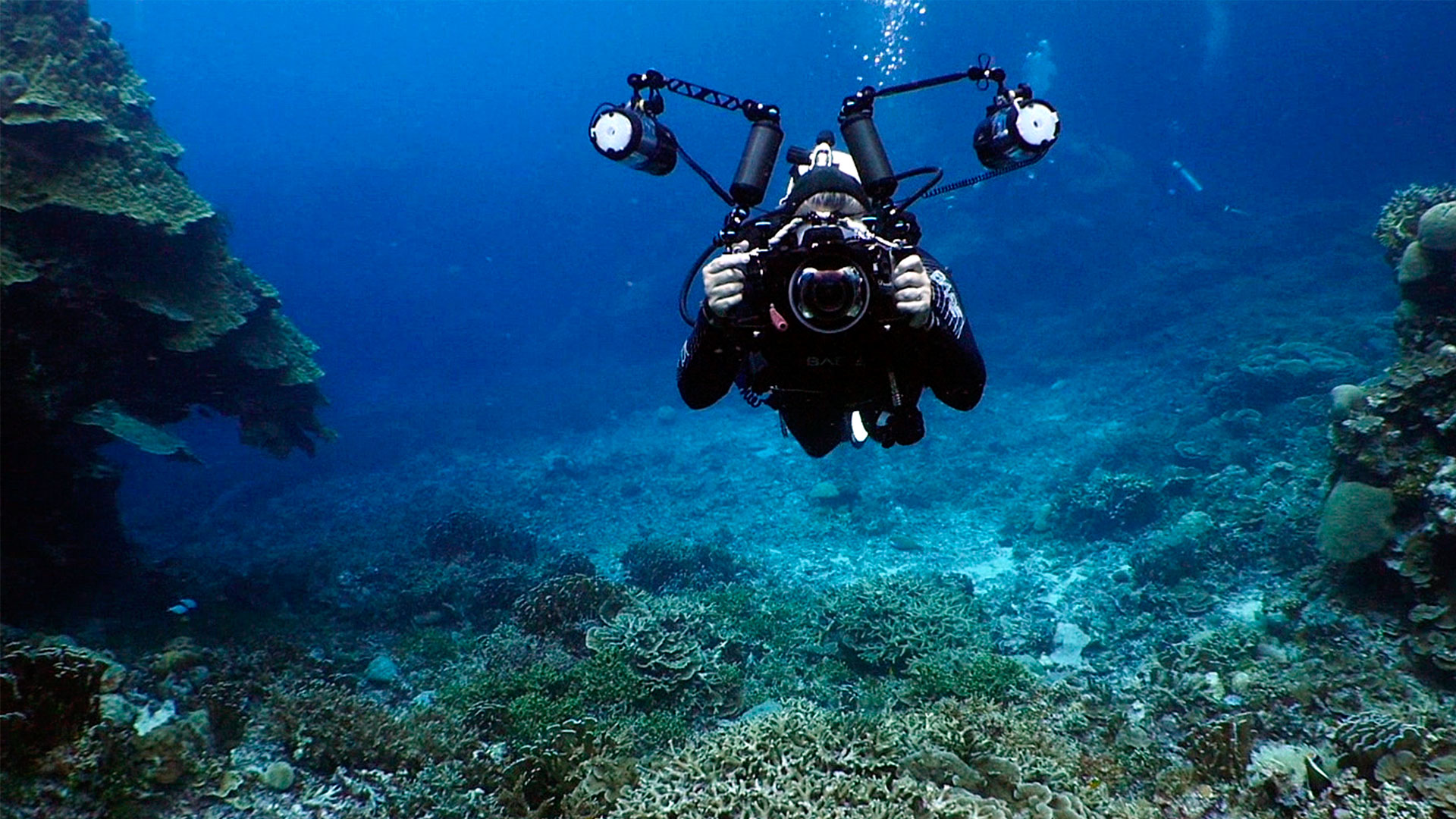
This usually occurs because of the loss of light underwater and being away from the model. Some underwater model photographers solve this problem by using 10-17 mm on the cutting sensor camera so that they can move closer.
The problem with this is that every small movement extremely changes the composition. Using 95% of the 70-200mm for your shoot, surly takes getting used to shoot using the wider lens for a full shoot. You can also try using a long underwater lens, May that work better.
9- Model in the background
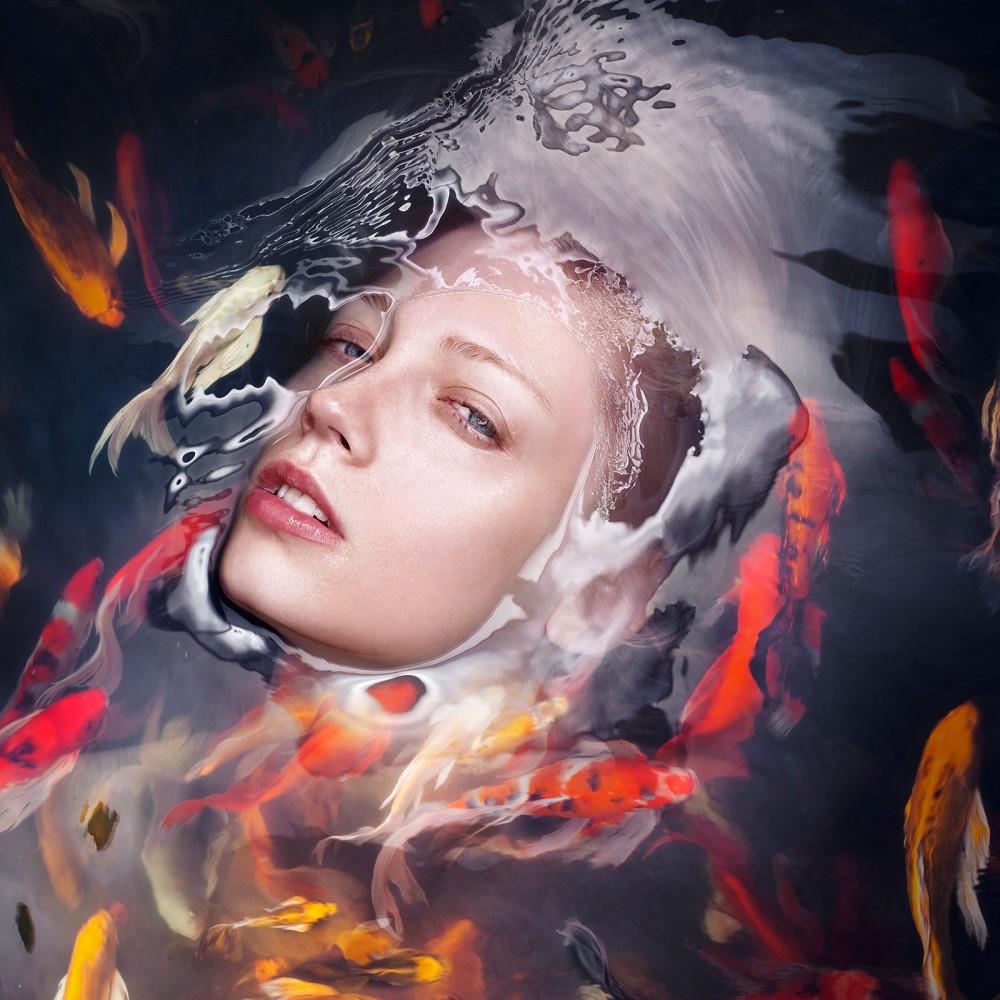
When you photograph a model in the background in underwater model photography, it is either fully lit by surrounding light or shaded on a blue background. So, one key to shoot great photos with models in the background are to assure that not only does the model look good, but so does the blue water. This includes measuring ambient light and carefully examining your LCD screen.
If you do not silhouette your model, it is crucial that they be in a pleasant ambient light. There is a space between the silhouetted and the model that seems really unpleasant and faded. When you see it, you will recognize it. The underwater photographer must be so close to the model or the model should be lit by the sun, or you can place them against the water or the sun. Be careful of the middle position of each scene and do your best to avoid it. Of course, these conditions will differ for each lighting situation.
Sometimes the model seems better with ambient light, especially when you search for a sense of scale and glory, like swimming next to an enormous ruin. At other times, the silhouette acts better, especially when the main subject is close and well-defined in the foreground. But try this and enjoy it. You can even silhouette the subject and the model.
When the underwater photographer is in the background, the fisheye lens works perfectly and gives you the chance to get closer to your foreground subject. If you use a compact camera, a fisheye wet lens is a perfect lens for background model photography. SLR, fisheye lenses, such as the Tokina 10-17mm, the Nikon 16mm or 10.5mm or the Canon 15mm, are the best choice for this type of photography. It allows you to use close-focus and wide-angle photography to use an interesting subject in the foreground as the main focus, while the model primarily as a way to make stability and attraction in the background.
To add dimension and attraction while photographing an underwater model, you can ask your group to spot a light to a point. In such case, the light should be strong for good looks and should never be spotted directly at the camera lens. This technique adds an extra element to the photo.
10- Shoot fast
If the weather is not cold and the sun is high, this is a good thing. But if the weather is cloudy or the water is shady, in this case, the water will be too cold for your model for long- time underwater model photography.
Prepare large towels and blankets and put them near the pool. If you get busy by browsing the photos, ask your model to come out of the water and wear something to warm up till you finish your work.
But if you start to get cold, do not push yourself! Also remember to rest.
Sometimes shooting underwater become a bit tedious, but always try to have a fun.
